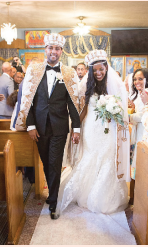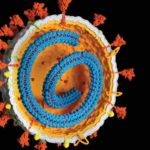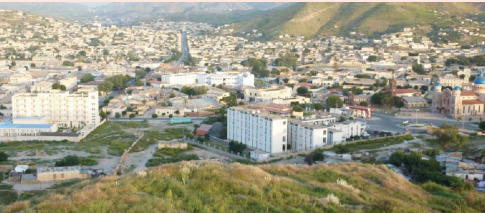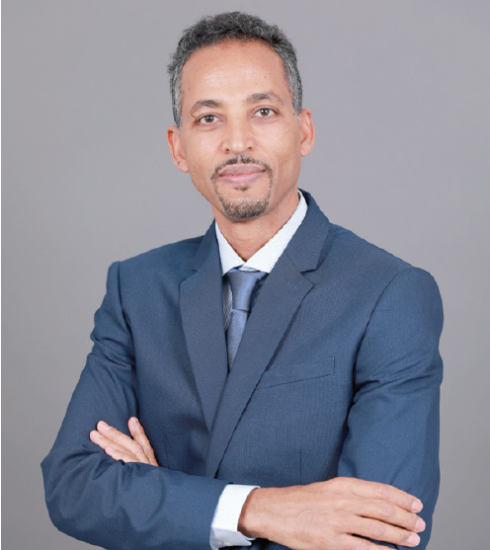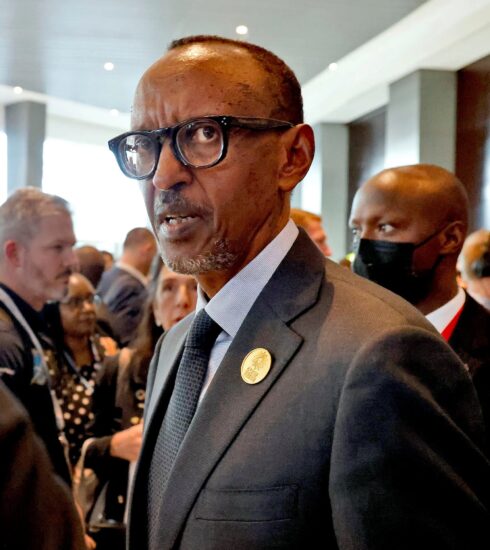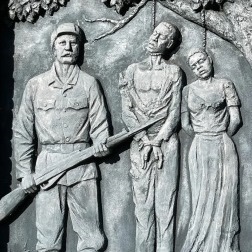The term “Eritrea” derives from Sinus Erythraeus, the name Greek tradesmen of the third century B.C.E. gave to the body of water between the Arabian Peninsula and the Africa continent (now known as the Red Sea). Later, during the Roman Empire, the Romans called it Mare Erythraeum, literary meaning “the red sea.” When Italy colonized a strip of land along the Red Sea in 1890, they gave it the name Eritrea. British forces liberated Ethiopia from the Italian colonizers and took control of Eritrea in 1941. Eritrea was administered by the British Military Administration until 1952 when the United Nations (UN) federated Eritrea with Ethiopia. Ethiopia soon violated the federal arrangement, however, and in 1962 Ethiopia annexed Eritrea as its fourteenth province. The year before the annexation, the Eritrean armed resistance against Ethiopian rule commenced. It would take thirty years of liberation war before the Eritrean People’s Liberation Front managed to oust Ethiopian forces from Eritrean soil, one of the longest wars of liberation in Africa. In 1993 the Eritrean people voted overwhelmingly in favor of independence in an UN-monitored referendum.
Although the Eritrean Constitution recognizes all nine ethnic languages in the country as equal, the government of Eritrea has two administrative languages: Tigrinya and Arabic.
Tigrinya is a Semitic language also spoken by the Tigreans of Ethiopia. Arabic was chosen to represent the low-land Muslim groups in the country. Nevertheless, only one ethnic group, the Rashaida, has Arabic as a mother tongue, whereas the other groups use it as a religious language. The majority of the population are Tigrinya-speakers.
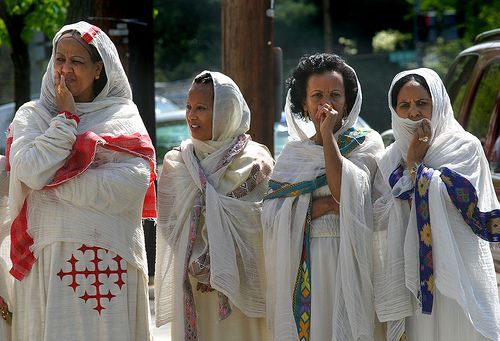
Tigrinyan PeopleThe highland Tigrinya ethnic group is the dominant group, numerically, politically, and economically. There is also a minority group of Tigrinya- speaking Muslims called Jeberti in the highlands. The Jeberti, however, are not recognized as a separate ethnic group by the Eritrean government. The lowland groups—the Afar, Beja/Hadarab, Bileyn, Kunama, Nara, Rashaida, Saho, and Tigre—are all, with the exception of the Tigre, relatively small and, taken together, they do not form any homogenous cultural or political blocs.
The Eritrean capital, Asmara, is located in the highland plateau, the home region of the biggest ethnic group, the Tigrinya.
Food in Our Culture
Eritrean cuisine is a reflection of the country’s history. The Injera is commonly eaten in rural areas. It is a pancake-like bread that is eaten together with a sauce called Tsebhi or Wat. The sauce may be of a hot and spicy meat variety, or vegetable-based. In the urban centers, one finds the strong influence of Italian cuisine, and pasta is served in all restaurants. The lowland groups have a different food tradition than the highlands with the staple food being a porridge (aside from in Arabic) made of sorghum.

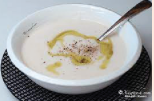
Both Islam and the Orthodox Chris- tian tradition require rigorous observance of fasts and food taboos. Several periods of fasting, the longest being Lent among the Orthodox and Ramadan among Muslims, have to be adhered to by all adults. During religious celebrations, however, food and beverages are served in plenty. Usually, an ox, sheep, or goat is slaughtered. The meat and the intestines are served together with the injera. Traditional beer (Siwa) is brewed in the villages and is always served during ceremonial occasions.
Marriage in Our Culture
Customary rules of marriage vary among ethnic groups. Generally, girls marry at an early age, sometimes as young as fourteen. A large share of the marriages in the rural areas are still arranged by the family groups of concern.
Generally, people live together in nuclear families, although in some ethnic groups the family structure is extended. The man is the public decision-maker in the family, whereas the woman is responsible for organizing the domestic activities of the household.
Inheritance rules in Eritrea follow the customary norms of the different ethnic groups. Generally, men are favored over women, and sons inherit their parents’ household possessions.
The nuclear family, although forming the smallest kin unit, is always socially embedded in a wider kin unit. The lineage and/or clan hold an organizing function in terms of social duties and obligations and as a level of identity. With the exception of the Kunama who are matrilineal, all ethnic groups in Eritrea are patrilineal, that is, the descent is traced through the male line.
Source: Everyculture.com
